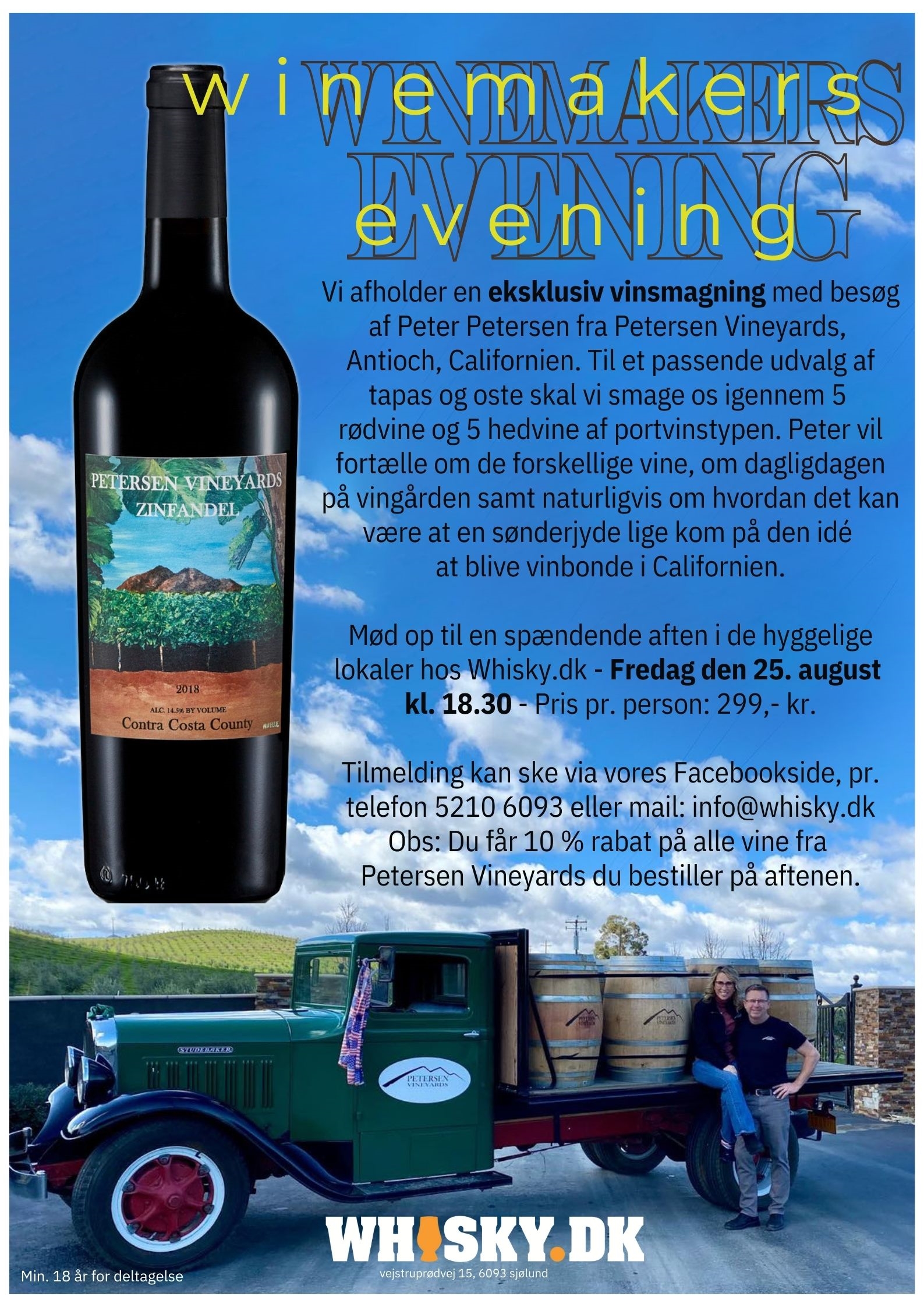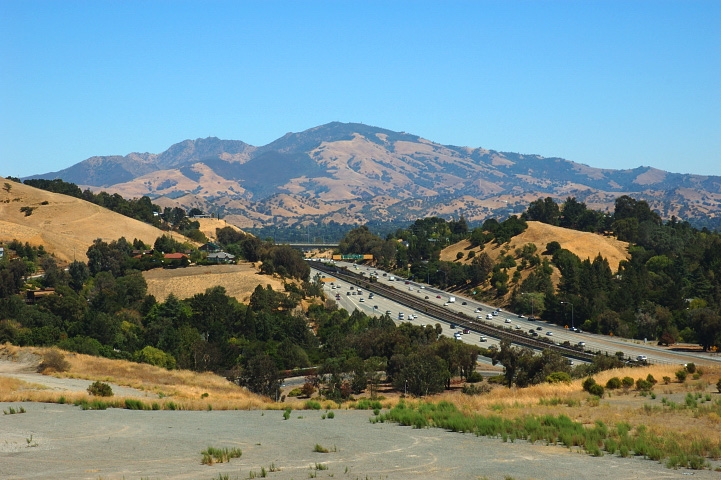
The climate in California is generally very suitable for growing, well, just about anything. That's why California is known as the fruit and vegetable warehouse of the USA. Almost all of the almonds, avocados, walnuts, pistachios, broccoli, strawberries, tomatoes, raisins and grapes eaten in the US come from the West Coast state.
The hottest month in Contra Costa Center is July, with an average temperature of 29.44°C and a low of 15°C . Thecool season lasts for 2.6 months, from November 26 to February 15, with an average daily high temperature below 16.11°C.
Contra Costa County
Located east of San Francisco Bay, this relatively small wine region is part of the broader San Francisco Bay AVA (American Viticultural Area) and the more extensive Central Coast AVA. It is often said that Contra Costa was "Napa before there was Napa"; a reference to the area's early 20th century glory before Prohibition and the Great Depression hit the area. Today, the area has re-emerged as a rising star in California due to a return to planting and very favorable climatic conditions influenced by the bay and its characteristic early morning fog.
At Petersen Vineyards, wine production has been designed to be as sustainable as possible. They are 100% self-sufficient in electricity through wine energy and the excess solar energy production offsets fuel consumption, making the winery's footprint carbon neutral!
The farm's wastewater is treated and reused for vineyard irrigation and all harvest biomass waste is composted and returned to the soil and all waste is sorted and recycled as much as possible. In addition, they pay their American customers money for any empty bottles they may return - the bottles are then cleaned and recycled :-)
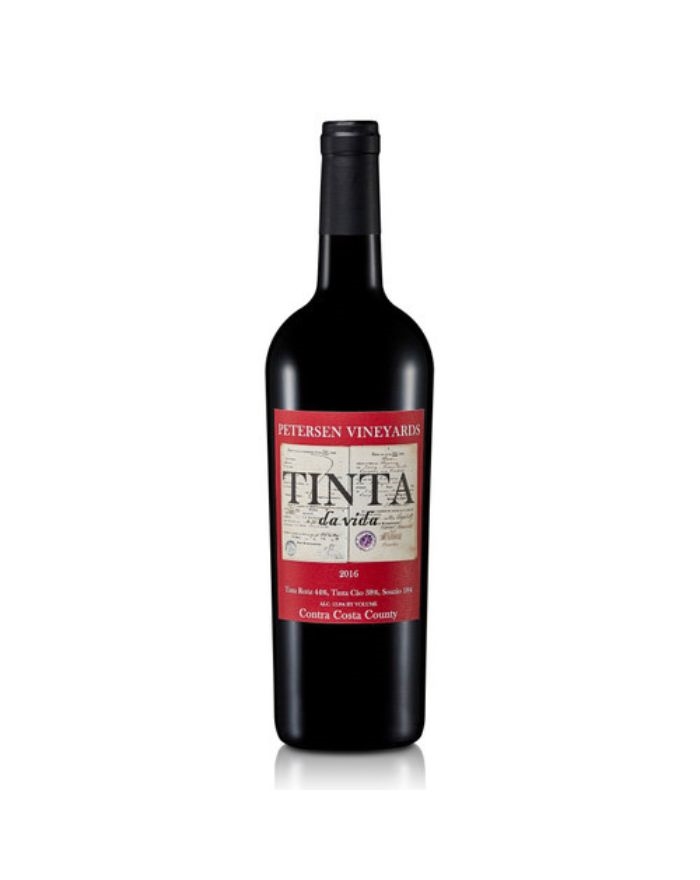
2016 Tinta da Vida
The Tinta Roriz, Tinta Cão and Souzão grape varieties have long been known for their use in port wine. It is a combination of their acid structure, color, spicy flavors and aromas that make them ideal for creating exceptional port wines.
By chance, Petersen's was left with some extra grapes in 2015 and had to get creative. After weeks and months of adapting and adjusting the grapes for this cuvée, the result was exactly what they wanted: A fantastic Portuguese red wine, so rich and complex that your taste buds will struggle to decipher its flavor.
The name Tinta da Vida, Ink of life, was given to the wine partly because of its dark color, partly because of the grape varieties and the way the wine was created: unpredictable - just like life! Tinta da Vida, only 199,-
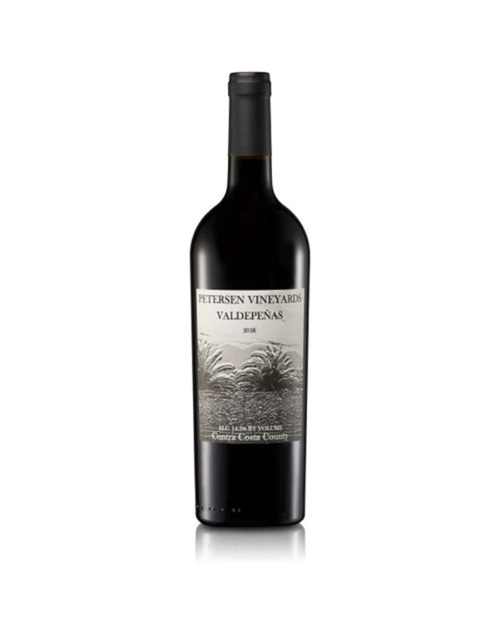
2018 Valdepeñas
Valdepeñas is a Spanish grape variety. It is a thick-skinned variety that produces deep red wines with moderate tannins, earthy aromas ranging from vanilla to tobacco and leather.
Petersen's has chosen this grape variety mainly to use it in their liqueur wines (of the port type), but due to its smooth, pleasant quality and varied aromas, this Valdepeñas goes well with pasta or meat dishes and as a wine to just sit and sip on its own. A well-balanced flavorful red, a "must try" wine :-)Valdepeñas 2018, only 169,- €.
In the 2 wines mentioned above, we have encountered grapes that are originally Portuguese and Spanish respectively. Both thrive in California, which generally has a Mediterranean climate, although there are also areas with a continental climate. The next red wine from Petersen Vineyards is, in terms of grapes, much more typical of California:
Zinfandel 2018
The wines made from the zinfandel grape are mainly found in California but also in Southern Italy, where the grape is called primitivo. Zinfandel requires good heat and a long growing season to allow the grapes to fully ripen. Wines made from Zinfandel are always dark and powerful and the taste can vary from sweet with notes of chocolate, nuts and prunes, to spicy with notes of pepper and cinnamon. The difference between wines from America and Italy is that Californian wines are sweeter and spicier, while Southern Italian wines are more berry-scented. Price only 119,- €.
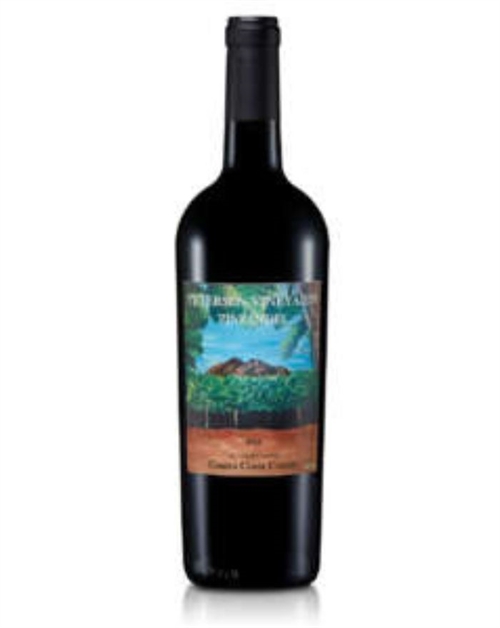
Petite Sirah 2018
Petite Sirah (or Durif) is a dark grape variety, with Petite Sirah being its North and South American name. In the rest of the world, it is generally known as Durif, named after Dr. Francois Durif, who discovered the grape variety.
The "Petite" in the name here refers to the small, intensely colored grapes that make Petite Sirah such a distinctive grape variety. In its early history, the grape was often used as a minor blending partner to add color and structure to wines from weaker vintages. Nowadays, excellent wines are made exclusively from Petite Sirah.
The full tannins and acidity of the grape make these wines suitable for cellaring. Primary flavor notes often associated with the wines are blackberry, chocolate and black pepper. Many of the characteristics of Sirah can also often be noticed, such as blueberries, licorice and various herbs. Petersen's version here has a nice structure and seems concentrated and elegant. Unlike wines made from the more well-known Syrah/Shiraz grape, this Petite Sirah is less spicy and will therefore go well with the traditional Danish dinner table - or a barbecue with friends. The price is a modest 119,- €.
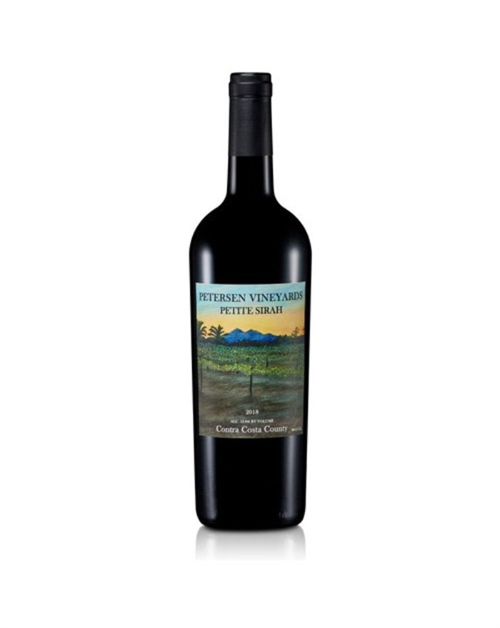
Diablo Sunset 2018
The last red wine is a cuvée made from the 2 grapes mentioned above; Zinfandel and Petite Sirah. The result is nothing short of outstanding! A juicy, full-bodied and above all tasty wine with notes of red and dark berries, plums and wood. Perfect with Italian or Mexican dishes - or maybe a pepper steak. Diablot Sunset has actually become famous in California - and not without reason; Taste for yourself - you can buy it for only 129,-.
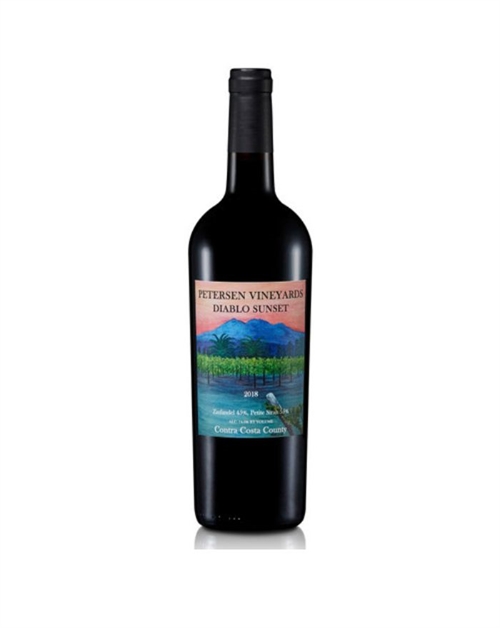
If you would like to taste the 5 red wines mentioned here AND the 5 port-type fortified wines that we sell, just sign up for our Winemakers Evening on Friday, August 25, 2023 (see below).
The fortified wines will be discussed in more detail in the next blog post - when the summer vacation is over :-)
